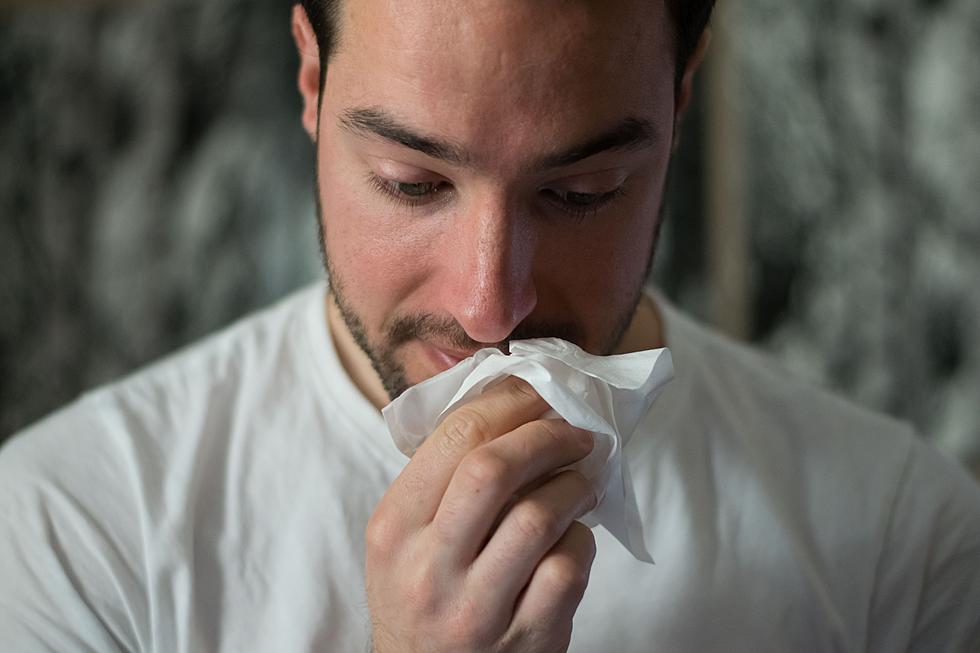![NJ Cracks Down on Prescription Drug Abuse [AUDIO]](http://townsquare.media/site/394/files/2014/02/RS1784_140785874.jpg?w=980&q=75)
NJ Cracks Down on Prescription Drug Abuse [AUDIO]
With the problem of prescription painkiller abuse continuing to get worse, New Jersey officials are adding new high-tech safeguards to prescription blanks used by doctors, so they can't be copied or forged.
"The country is going through an epidemic of individuals who are using prescription controlled dangerous substances, primarily opiods, and as the black market for these drugs expands, individuals are using all kinds of ways to try to procure those drugs, legally and illegally, and the counterfeit or forgery of prescription blanks is one way in which they are doing so, illegally," said Eric Kanefsky, director of the New Jersey Division of Consumer Affairs.
"There's sort of an underworld out there of individuals who are getting copies of legitimate prescriptions and then they're using those to create forgeries, and once they have those forgeries, they themselves are filling them out and writing them for controlled dangerous substances," Kanefsky said.
Right now, pharmacists aren't able to distinguish between legitimate prescriptions and counterfeit ones, said Kanefsky, which is why security features are being added.
"One of the features is a heat-activated, color-changing, thermochromatic ink, so when it's warmed by touch, for instance, it appears one way, and when cool it appears another way," Kanefsky said. "We also have a microscopic, almost point-type for some language on the script itself that appears just like a regular line if you look at it with the naked eye, but magnified 500 percent it become legible and has wording in it."
Kanefsky also said there are prescriptions pads that "have hidden features that only become visible if somebody tries to illegally scan or copy a prescription blank."
Unique 15-digit identifiers will also be added to prescriptions, so they can be verified.
Kanefsky stressed all of these features together will make counterfeiting extremely difficult.
More From 92.7 WOBM










